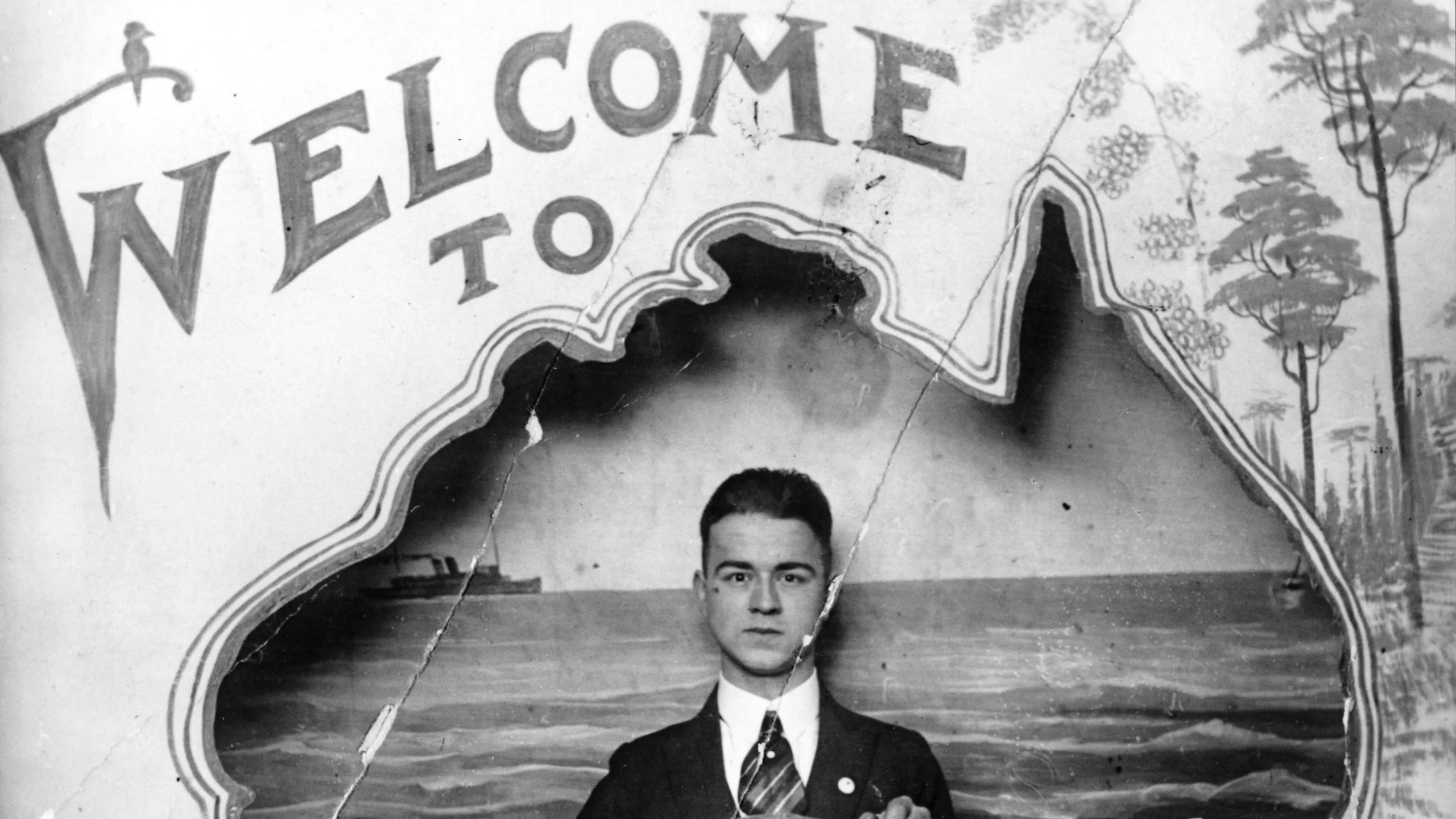Fear of zombies and vampires rising from their graves are primal fears. Inside a late Neolithic or Early Bronze Age grave excavated in Germany, a large stone was found placed on a man’s legs, pinning him down. Similarly, a 400-year-old grave of a ‘child vampire’, with a padlocked foot to prevent it from rising and drinking human blood was excavated in Poland last year.
The Paleolithic Period, around 2.5 million years ago, has the first evidence of religion among Homo sapiens. In the Upper Paleolithic Period—35,000 to 10,000 years ago—appeared fertility goddesses (Venus statuettes). The loss of ancient languages mean the first religion must remain nameless, though the excavation of 92,000-year-old human remains found in the Qafzeh Cave, Israel, may be the earliest proof of faith.
Archaeologists unearthed bones coloured with red ochre, accompanied by painted sea shells and flint artifacts; red ochre represents blood in religious rituals and reincarnation. The patterns of the earliest burial practices suggest a belief in life after death. Later findings show the existence of an ancestral skull cult 7,000 years ago in Palestine, where skulls with plaster moulds were kept in separate rooms.
Science is truly the philosophy of opposites. One part goes into space to discover other civilisations while another searches inside the earth for lost ones. In the end, both are the same. Unravelling the mysteries of life and death, and the oldest enigma that ever existed: Time.
A Brief History of Archaeology
6th century BC: The title of the world’s first archaeologist goes to the ancient Mesopotamian king, Nabonidus of the Neo-Babylonian Empire, who discovered and analysed the foundation deposit of the Akkadian Empire ruler Naram-Sin (2200 BC)
14th-15th century: Grave robbers from France, Britain and Denmark dug up ancient art objects to be sold as drawing room art showpieces. They travelled to the colonised Near-East and Egypt, where they looted pyramids and stole immense riches of the kings of ancient Egypt, Babylon and Persia from their tombs. This serendipitously led to the development of classical archaeology
Classical Archaeology: In the 1400s, Cyriacus of Ancona collected and copied books and documents about archaeological monuments in Greece and the Mediterranean for 25 years. In the 18th century, people started to become aware of ancient civilisations
Antiquarian studies: In the 16th, 17th and 18th centuries, art collectors appear in England, France and Scandinavia, which promoted antiquarian studies among scientifically adventurous people. British and European colonialism in Asia, Africa, America and Australia made it possible for collectors to bring home antiquities of great historical value and study. European museums were suddenly stocked with objects, and knowledge about arcane ancient Eastern and Western cults spread
The Beginning of Scientific Archaeology: In 1814, a French customs official, Boucher de Perthes, discovered stone tools in the valley of the Somme in France, along with the fossils of prehistoric animals. In 1863, Sir Charles Lyell published the geological antiquity of man. In 1857, the fossil of prehistoric Stone Age man was discovered in a stone cave at Neanderthal in Germany. He was named the Neanderthal man. Archaeology was accepted as a science by the mid-19th century
The Birth of Modern Archaeology: Charles Darwin’s Origin of Species further encouraged the study of man’s antiquity and his evolution from an animal species from a remote time. Heinrich Schliemann conducted the first archaeological excavation in Greece to discover the city of Troy. Radiocarbon dating was invented in mid-20th century to reconstruct the unrecorded prehistory of man







